Advertisement
Quantization is a practical way to make large AI models smaller and faster without retraining them from scratch. Instead of changing what a model does, it changes how it runs—using fewer bits to represent numbers. This reduces memory, speeds up inference, and lowers costs. Hugging Face Transformers now supports multiple quantization schemes natively, making it easier to experiment and deploy without a complex setup.
Whether you're building for edge devices or want faster CPU inference, the support is growing across formats and runtimes. You no longer need extra tools or hacks to make quantization a regular part of your workflow.
Quantization methods in Hugging Face Transformers include dynamic quantization, static quantization, and quantization-aware training (QAT). Each suits different needs depending on your hardware and performance goals.
Dynamic quantization is the most accessible. It converts weights to INT8 while keeping activations in FP32. No calibration data is needed. This method speeds up models like BERT and RoBERTa on CPUs using PyTorch. Applying it requires just a few lines of code and is safe for production if latency and memory usage are key concerns.
Static quantization is more precise. It quantizes both weights and activations to INT8 but needs calibration data to calculate ranges. This method is slightly more complex to use but delivers better performance. While Hugging Face doesn’t fully expose static quantization pipelines yet, tools like Optimum Intel fill the gap. Static quantization works best for cases where you have access to representative inputs for calibration.
Quantization-aware training simulates low-precision behavior during training. This allows the model to learn to handle reduced precision directly. QAT offers better accuracy than post-training methods but requires more time and computation. Though QAT is still maturing in Hugging Face Transformers, it's available via PyTorch and can be integrated with Optimum Intel.
Each method comes with trade-offs. For quick wins, dynamic quantization often works well. If accuracy is sensitive, QAT may be worth the extra effort.
Most native support in Hugging Face Transformers centers around INT8. It strikes a strong balance between compression and accuracy, especially on CPU-based setups. PyTorch and ONNX Runtime both support it, making deployment straightforward.
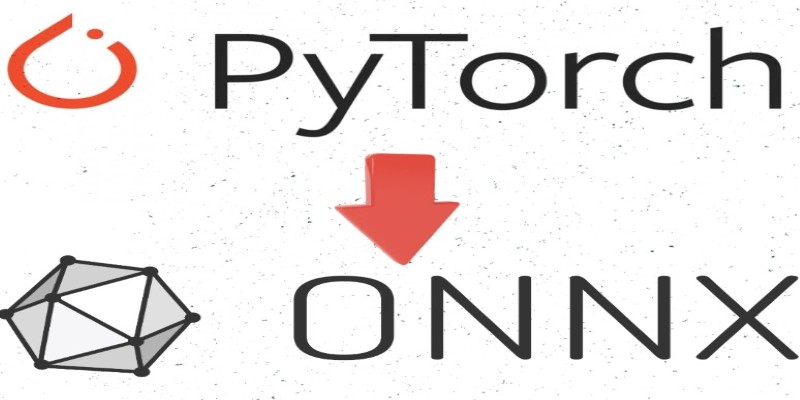
INT8 models load faster and consume less memory, especially on Intel Xeon or AMD EPYC CPUs. Common tasks, such as text classification and token classification, benefit significantly from this format without incurring major accuracy loss.
INT4 is more aggressive. It's mainly useful for large language models where even 8-bit is too heavy. While Hugging Face Transformers doesn't fully support INT4 natively yet, the bits and bytes library allows 4-bit quantized models to run with minimal setup. Hugging Face Hub already includes several 4-bit versions of LLaMA and Falcon models, which load with load_in_4bit=True.
BF16 and FP16 are reduced-precision formats often used for mixed-precision training and inference. They’re supported when using GPUs or TPUs. These aren’t quantization formats in the strictest sense, but they serve a similar purpose—reducing compute cost while retaining close-to-FP32 accuracy.
Hugging Face Transformers continues to expand support across formats. With INT8 for general use and INT4 gaining traction in large models, developers now have better options than ever before.
Quantized models are only useful if you can run them efficiently. Hugging Face Transformers works with several deployment backends, each offering different levels of quantization support.
PyTorch is the easiest to use, especially for dynamic quantization. You can quantize and test directly without exporting to another format. This works well for local CPU inference and quick iteration.
ONNX Runtime is more production-ready. Combined with Hugging Face Optimum, ONNX allows for exporting models with quantization and applying graph optimizations. This backend is popular in cloud inference and edge use cases where INT8 support matters.
OpenVINO focuses on optimized CPU and edge inference, especially on Intel hardware. It supports INT8 static quantization and integrates well with Optimum Intel. OpenVINO lets you run models efficiently on compact devices without sacrificing much performance.
TensorRT enables inference on NVIDIA GPUs. While Hugging Face Transformers doesn't support TensorRT out of the box, community tools and scripts help convert models. Quantization here tends to favor FP16, but some INT8 support is also available, depending on the model.
Backends matter as much as quantization itself. The right combination of model format and runtime ensures that gains in size or speed translate into actual performance improvements on your target device.
Quantization is evolving quickly. Hugging Face Transformers is doing more to simplify the process. With support for popular formats and multiple runtimes, the barrier to entry is lower than ever.
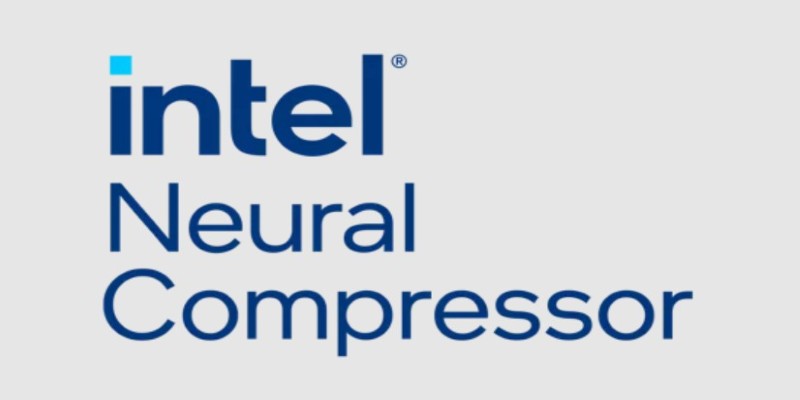
Still, results vary. Some models handle quantization wellrequiringth no fine-tunied. DistilBERT is one such example. Others may lose accuracy and require re-training or careful calibration. This means benchmarking is necessary, especially across different hardware.
Tooling is improving, too. Optimum Benchmark helps compare performance across models and backends. Intel Neural Compressor supports advanced workflows for fine-tuned static and QAT pipelines. These tools bring more control without deep technical knowledge.
Future updates will likely provide full support for INT4 and hybrid schemes, such as GPTQ. These are crucial for deploying large models on lower-end devices, especially laptops and mobile platforms. As models grow, quantization won't just be a speed-up trick—it'll be a requirement.
Quantization in Hugging Face Transformers is no longer a side feature—it's now central to deploying efficient AI. Whether you want a faster BERT for CPU or a 4-bit LLM on a laptop, native support, and integrations like Optimum make it easier to implement. You don't need to know hardware internals or modify low-level code. Just choose the method, format, and backend that fits your task. With tools now built-in and performance improvements easy to track, quantization is a smart default—not just an optimization layer. It's part of how real-world AI gets built today.
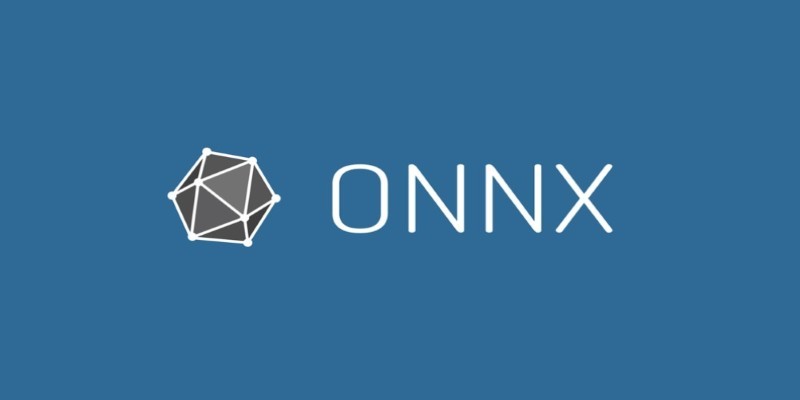
How the ONNX model format simplifies AI model conversion, making it easier to move between frameworks and deploy across platforms with speed and consistency
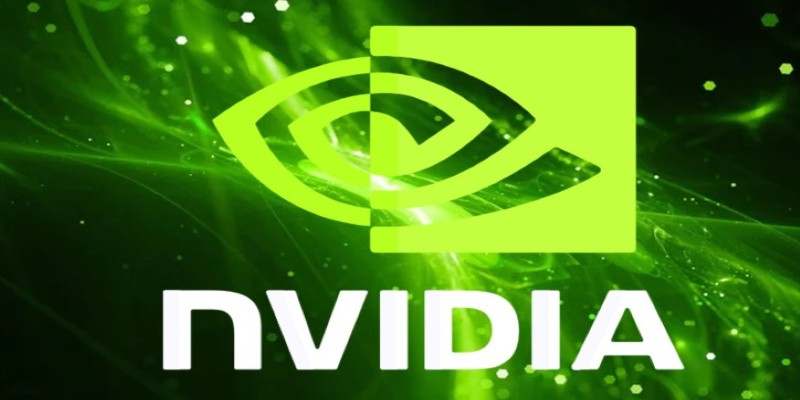
Nvidia's Perfusion method redefines AI image personalization with efficient, non-destructive customization. Learn how this breakthrough approach enables targeted learning without model degradation
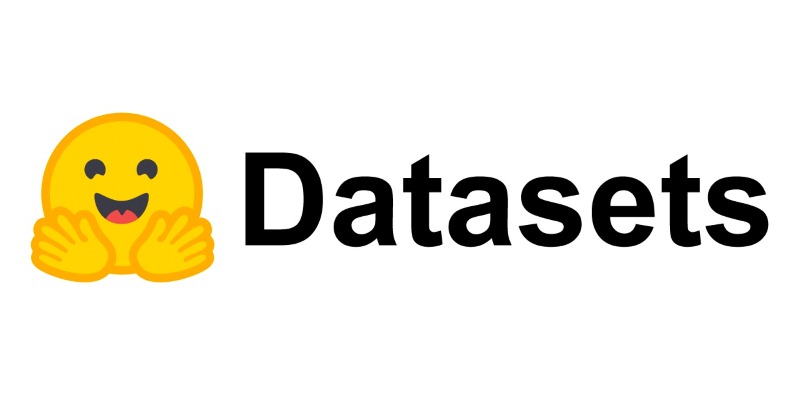
Discover the top 8 most isolated places on Earth in 2024. Learn about these remote locations and their unique characteristics
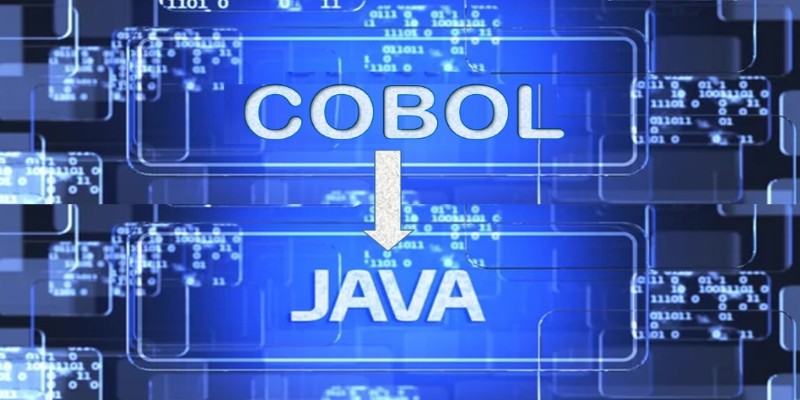
Can AI bridge decades of legacy code with modern languages? Explore how IBM’s generative AI is converting COBOL into Java—and what it means for enterprise tech
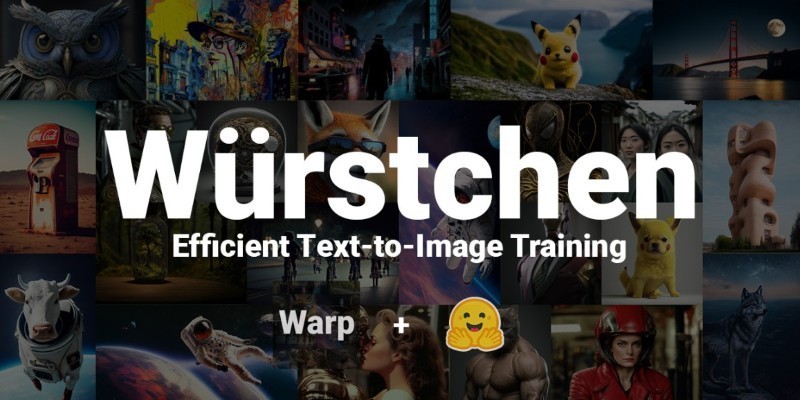
How Würstchen uses a compressed latent space to deliver fast diffusion for image generation, reducing compute while keeping quality high

How AI in real estate is transforming property search, pricing, and investment decisions. Learn how automation and predictive tools are streamlining the industry for buyers, agents, and investors
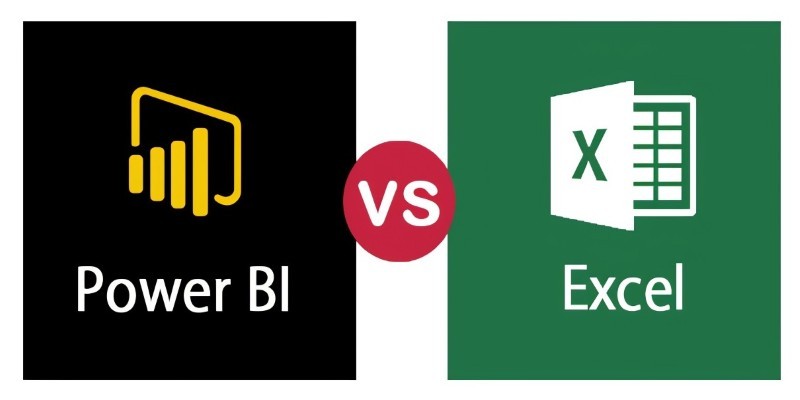
Compare Excel and Power BI in terms of data handling, reporting, collaboration, and usability to find out which tool is better suited for decision making
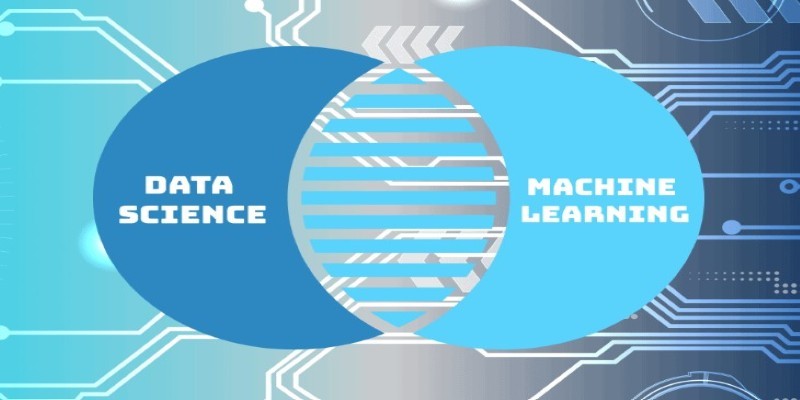
Learn the clear difference between data science and machine learning, how they intersect, and where they differ in purpose, tools, workflows, and careers
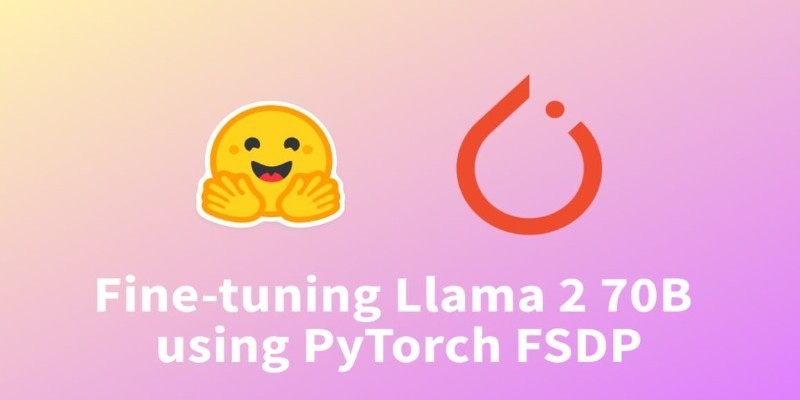
How fine-tuning Llama 2 70B using PyTorch FSDP makes training large language models more efficient with fewer GPUs. A practical guide for working with massive models
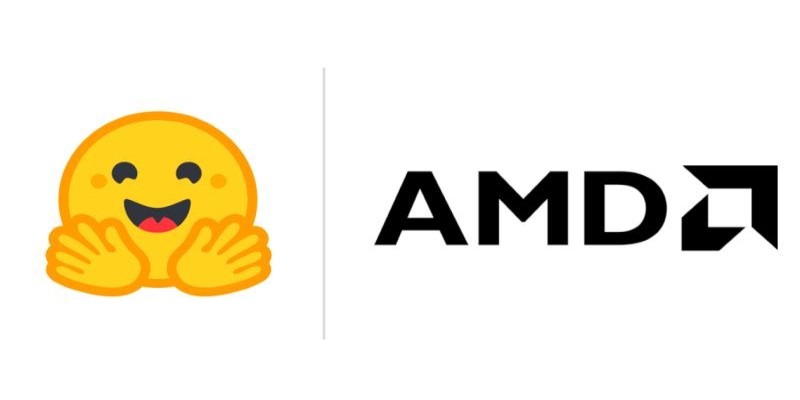
Discover five engaging and creative methods to teach your kids about saving money and instill essential financial literacy skills
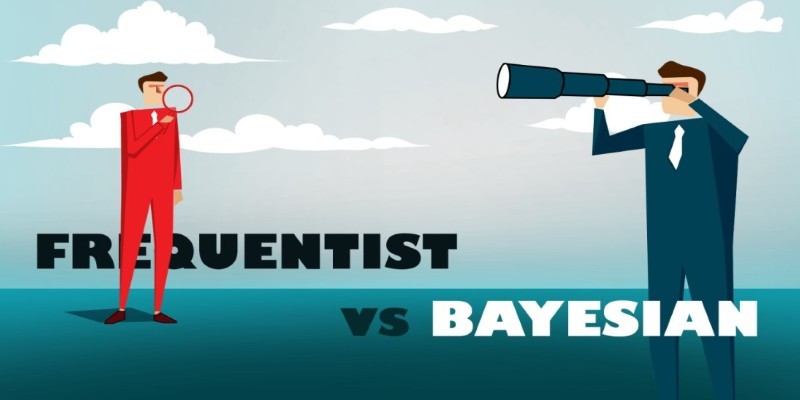
Explore the key differences between Frequentist vs Bayesian Statistics in data science. Learn how these two approaches impact modeling, estimation, and real-world decision-making
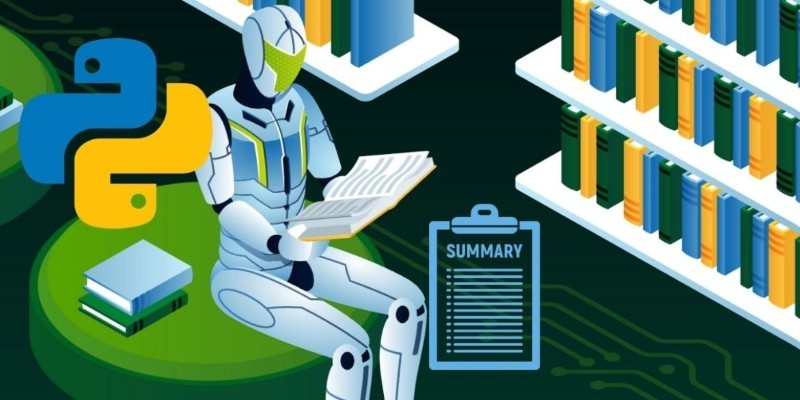
How to use transformers in Python for efficient PDF summarization. Discover practical tools and methods to extract and summarize information from lengthy PDF files with ease